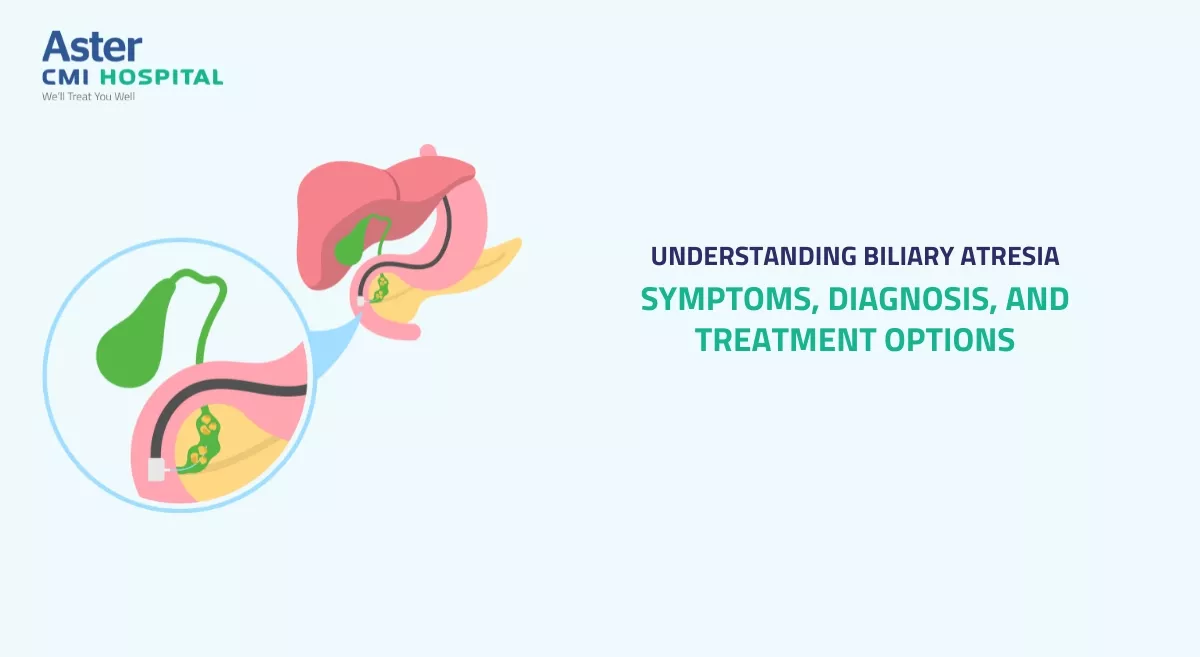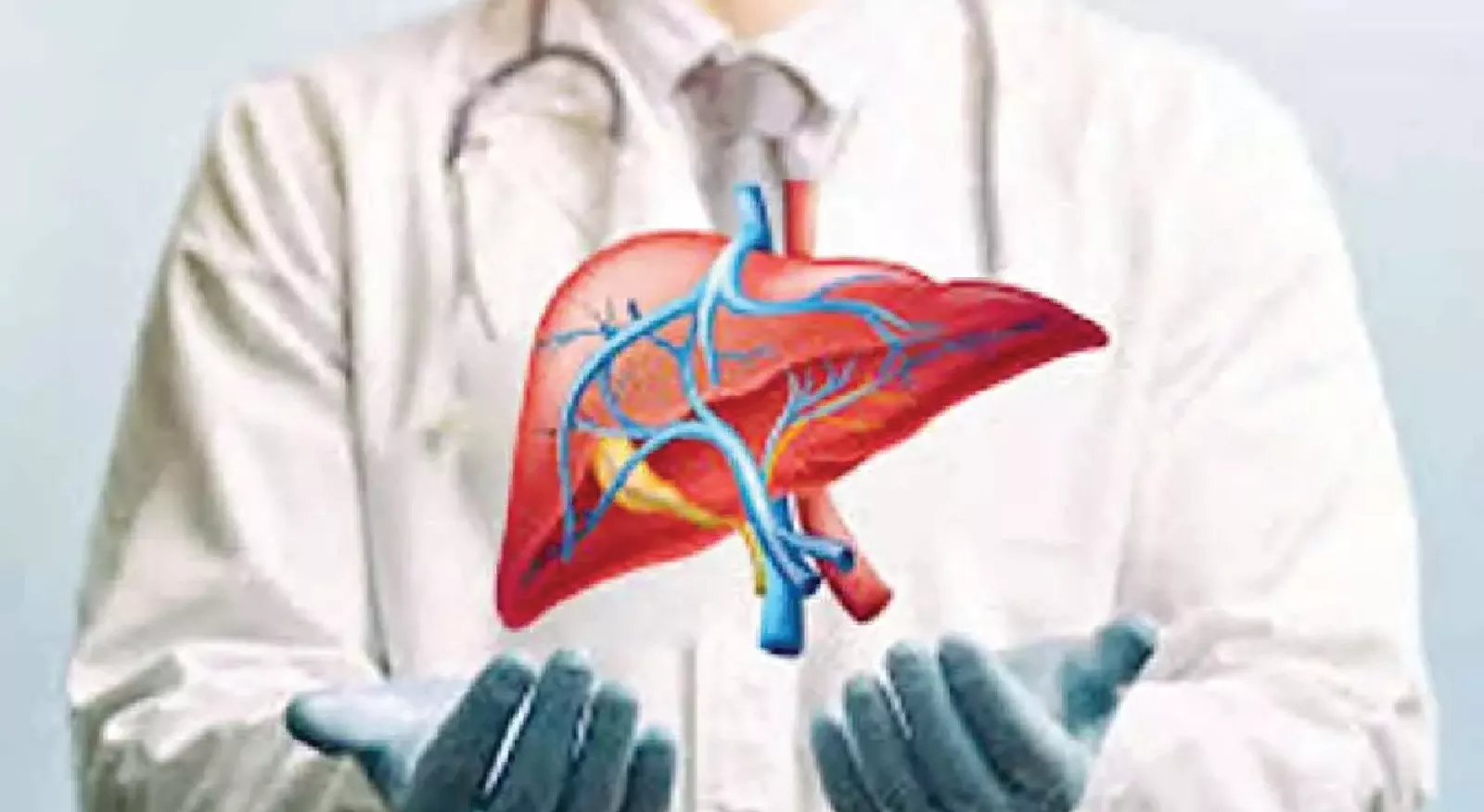Biliary atresia is a serious liver condition that affects newborns. It is caused by an obstruction of the bile ducts or the absence of extrahepatic bile ducts, which, if not surgically corrected, may damage the liver extensively. Hence, parents and other caregivers need to understand this condition, its symptoms, and its treatment methods.
Pathogenesis of biliary atresia
The extra or intrahepatic bile ducts may either fail to develop properly or become obstructed in a birth defect known as biliary atresia. These ducts serve the purpose of transporting bile, which is produced in the liver, to the gallbladder and later the intestines. Bile is important for emulsifying fats and helping to excrete the body’s toxic substances. If these ducts are blocked or missing, there may be consequences such as bile retention within the liver, causing scarring, an inflammatory response, and ultimately liver failure.
What are the causes of biliary atresia?
It's unclear exactly what causes biliary atresia. However, several factors may play a role in its development and progression:
- Environmental Factors: The disease may manifest if a pregnant woman is exposed to several powerful viruses, poisons, or chemicals.
- Immune System Response: The bile ducts can become swollen and blocked as a result of abnormal immune responses to pathogens or other forms of irritation.
What are the common symptoms of biliary atresia?
Symptoms of biliary atresia usually appear within the first few months of life. These symptoms need to be identified as early as possible so that medical help can be provided promptly:
- Chronic Jaundice: The yellow tint of jaundice is one of the most troubling symptoms. It usually lasts longer than two weeks after birth and is noticeable on the skin, persisting more than 14 days after birth.
- Dark Urine: Infants with high concentrations of bilirubin may exhibit dark-coloured urine.
- Pale Stools: These result from the absence of enough bile in the intestines, leading to clay-coloured or pale stools.
- Weight Problems: Infants may have difficulty gaining weight or fail to thrive effectively due to poor absorption and digestion of fats.
- Enlarged Abdomen: A swollen abdomen could indicate an enlarged spleen or liver.
- Irritability or Discomfort: Very young children may show signs of irritability, often without an apparent cause. This is particularly true after feeding.
How is biliary atresia diagnosed?
The diagnosis of biliary atresia requires a combination of tests and clinical evaluations. A thorough assessment is necessary since its symptoms can resemble those of other infant liver disorders:
- Physical Assessment: Pediatricians may notice pale faeces, an enlarged liver or spleen, and jaundice as early indicators.
- Blood Tests: These are done to measure the amount of bilirubin in the blood and assess liver health.
- Ultrasound Imaging: A liver and bile duct ultrasound can be performed to detect abnormalities in the abdomen.
- Liver Biopsy: A small sample of liver tissue is examined under a microscope to look for specific signs of biliary atresia.
- Cholangiogram: If there is a blockage, X-rays are taken after a specific dye is injected into the bile ducts.
Biliary Atresia Treatment Options:
- Kasai Procedure (Hepatoportoenterostomy): The Kasai Procedure, also known as hepatoportoenterostomy, is the primary treatment for patients suffering from biliary atresia. It is advisable to perform the procedure within the first two to three months of life. In this procedure, the obstructed ductules are cleared, and the infant's intestine is directly connected to the liver at the porta hepatis, allowing bile to drain into the intestine. The earlier the operation is done, and the less liver damage there is at diagnosis, the higher the chances for a successful outcome. Although this is not a definitive treatment, the Kasai procedure can effectively reduce the rate of liver function deterioration and enhance the patient’s lifespan.
- Liver Transplant: If the Kasai procedure fails or in cases of severe liver injury, a liver transplant may be required. It involves the removal of the damaged liver and its replacement with a healthy donor liver. Thanks to advancements in surgical methods and transplant aftercare, liver transplantation is now a viable option for children as young as newborns, with improved long-term outcomes.
Post-Treatment Care and Long-Term Follow-Up
Every child suffering from biliary atresia requires ongoing medical attention and surveillance, regardless of the initial treatment method. Proper after-care treatment includes:
- Regular Follow-Ups: Pediatric hepatologists will regularly check the patient’s general health and growth, as well as perform liver function tests.
- Nutritional Support: Certain diets and supplements may be necessary to prevent malnutrition and promote proper growth and development.
- Medication: Medicines that maintain liver function, vitamins to compensate for impaired absorption of fat-soluble vitamins, and antibiotics to prevent infections may be prescribed.
- Timely Vaccination: Ensuring that the child receives all recommended vaccinations, including those for preventing liver conditions such as hepatitis A, is essential.
What can an individual with biliary atresia expect?
The prognosis for children with biliary atresia varies. A proportion of children who undergo Kasai procedures recover and live normal lives, while others may require liver transplants in the future. Thanks to significant improvements in healthcare, many children can now reach adulthood with minimal limitations.
Parents and caregivers need a coordinated approach to medical services, including proper diet and special care for children with biliary atresia. Exploring available support networks and groups can also provide practical and emotional assistance for families on this journey.
Conclusion
Given the complexity of biliary atresia, it must be diagnosed early and managed aggressively. Parents and caregivers play a vital role in their child’s healthcare by recognizing symptoms, understanding risk factors, and being aware of treatment options. If any signs or symptoms of biliary atresia are noticed in a child, it is crucial to consult a doctor and pursue appropriate treatment as soon as possible.








